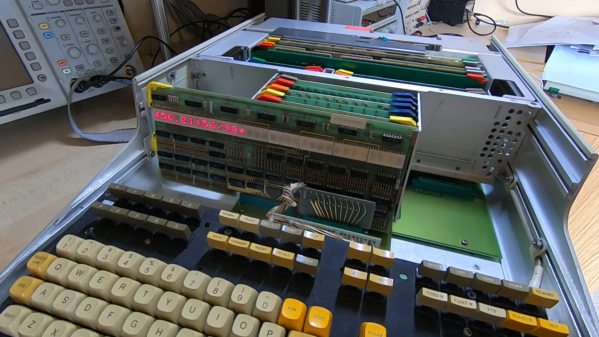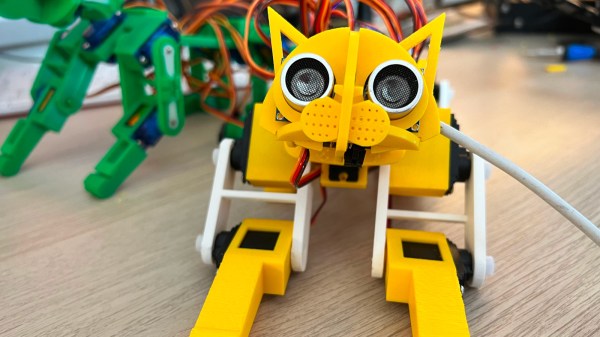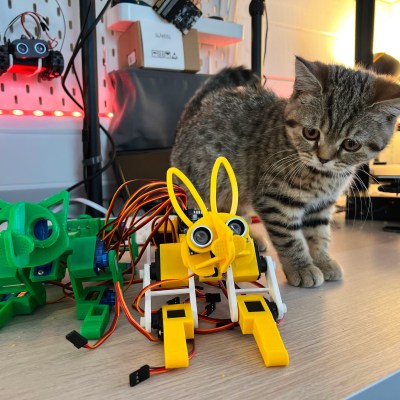We’re huge fans of taking retro games and adding new graphics features to them, so you had to know that when [Sultim Tsyrendashiev] released his ray-traced Doom engine, we would have to cover it. Now this does break with tradition — instead of running Doom on every conceivable platform, this version requires an AMD or Nvidia ray tracing capable card. On the other hand, the spirit of Doom is certainly alive, as ray-traced Doom has already been demonstrated on the Steam Deck. Check out the video below for a demo, and come back after the break for more info.
The most exciting part of this graphical feat may be the RayTracedGL1 library that “simplifies the process of porting applications with fixed-function pipeline to real-time path tracing.” Besides Doom, there’s also been demos made of Serious Sam and Half-Life 1. There’s even experimental Linux support! We managed to compile and test it on our system, running a 6700 XT and Fedora 35 with bleeding edge Mesa. There are a few visual glitches to work out, but it’s an outstanding project so far. The only complaint we have is that it’s based on prboom, not the still-maintained GZDoom, though with enough attention who knows where the project will go. If this leaves you hungry for more, check out more retro-upgrades, or Doom on more devices.








 Does this robotic cat interest you, whether it’d be due to your sci-fi propensity or a cat hair allergy? You’re in luck, because [Kevin] is
Does this robotic cat interest you, whether it’d be due to your sci-fi propensity or a cat hair allergy? You’re in luck, because [Kevin] is 












